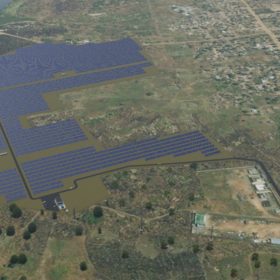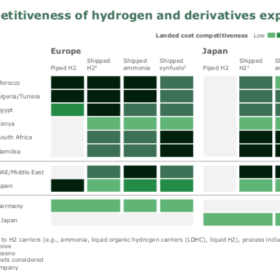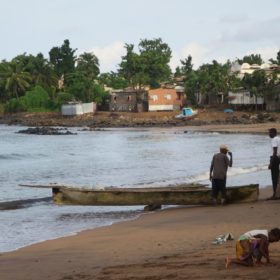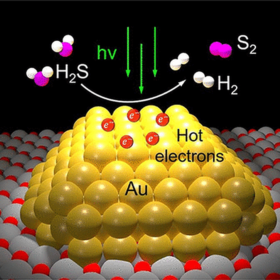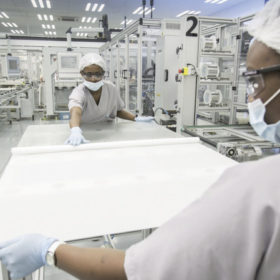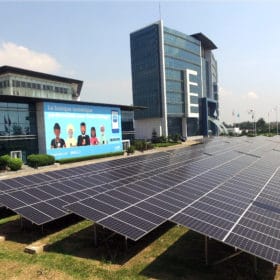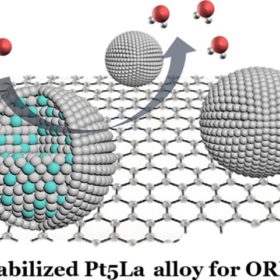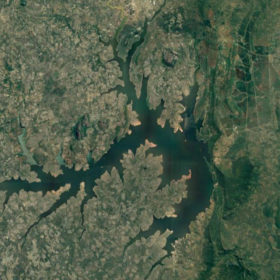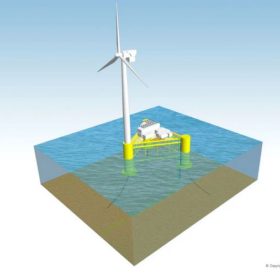Mozambique kicks off tender for 60 MW of solar
The government of Mozambique aims to develop two 30 MW projects in northern and west-central regions of the country.
TOPCon heads to the rooftop
This year has seen solar manufacturers begin what is shaping up to be a major shift toward n-type technologies, and investors are keen to see these technologies in action in ‘real world’ installations. In this pv magazine Webinar, we take a look at the latest in TOPCon technology from one of n-type’s earliest backers, and share case study details from one developer already installing these modules and monitoring their performance in the field.
The Hydrogen Stream: Africa could become key green hydrogen market by 2050, says Masdar
Masdar says Africa’s annual hydrogen exports could hit 40 million tons by 2050, while Israeli researchers have published a new study on the discharge characteristics of oxidized intermediates formed under water photo-oxidation conditions.
Solar gaining traction in Sao Tome and Principe
The island nation of Sao Tome and Principe switched on the initial phase of its first 2 MW solar project in August. Construction of 1.4 MW of PV capacity is now underway at two airports, and developers plan to install a total of 1.7 MW by 2023.
The Hydrogen Stream: Hydrogen production from industrial byproducts
US scientists have reported efficient plasmonic photocatalysis for the production of hydrogen from hydrogen sulfide, with no external heat source. Egypt, meanwhile, has started commissioning Africa’s first integrated green hydrogen plant.
Talesun, ARTsolar open 325 MW module factory in South Africa
Talesun has opened a new production facility with ARTsolar to manufacture high-efficiency, large-format PV modules. They said they might install a second 500 MW production line in the near future.
Tipping point for African C&I solar
With installers who cater to African businesses making the headlines this year, Jasper Graf von Hardenberg – whose C&I solar business was recently bought by Shell – explains here how the story of the continent’s commercial and industrial (C&I) solar segment was far from an overnight success.
The Hydrogen Stream: Ultra-stable platinum-lanthanum for more efficient fuel cells
Tsinghua University researchers have developed a way to combine high-cost platinum and a rare earth element, lanthanum, to serve as a catalyst in fuel cells. Meanwhile, SSAB, LKAB, and Vattenfall have revealed plans to launch industrial production of hydrogen direct reduced sponge iron (H-DRI) by the end of this decade.
African utility secures cash for floating solar studies
Electricidade de Moçambique (EDM) will obtain $2.5 million from the African Development Bank (AfDB) to fund studies into floating solar and battery systems.
The Hydrogen Stream: UK consortium plans 10 MW offshore wind-hydrogen facility
A group of UK companies has started working on a 10 MW wind-to-hydrogen project, American Airlines has announced a new investment in hydrogen distribution, and ACWA Power has teamed up with South Korea’s Kepco to develop green hydrogen/ ammonia projects in the Middle East.
